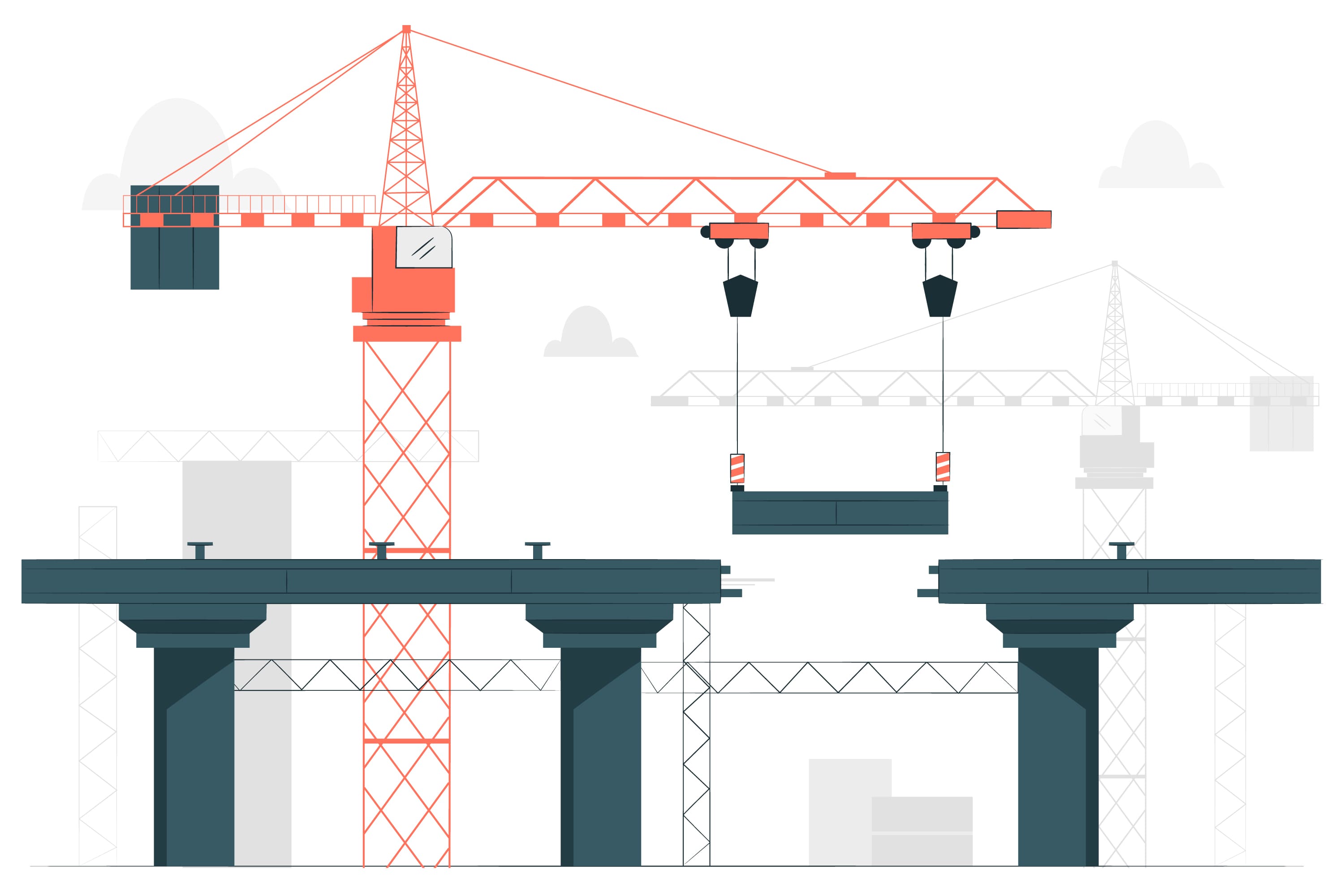Change management is a crucial aspect of project execution that involves handling proposed changes to project scope, schedule, or resources in a structured and controlled manner. Here’s a detailed explanation of change management with examples:
Change Management Process
1. Change Identification:
Identify and document proposed changes to the project. Changes can come from various sources, including stakeholders, team members, or external factors.

2. Change Request Documentation:
Create formal change requests that describe the proposed change, its rationale, and potential impacts on the project’s scope, schedule, and budget.

3. Change Evaluation:
Evaluate change requests to determine their feasibility, impact, and alignment with project objectives. Consider factors such as cost, time, resources, and potential risks.

4. Change Approval:
Present change requests to the appropriate stakeholders, such as the project sponsor or a change control board, for review and approval. Ensure that decision-makers have all the necessary information to make an informed choice.

Change Implementation
1. Change Planning:
If a change is approved, create a detailed plan outlining how the change will be implemented, including any necessary adjustments to the project schedule, resources, or budget.

2. Communication:
Communicate approved changes and their implications to all relevant stakeholders, including team members, clients, and contractors. Ensure that everyone is aware of how the change will affect the project.

3. Change Tracking:
Continuously track the progress of change implementation to ensure it aligns with the approved plan and does not introduce new risks or issues.

4. Documentation and Reporting:
Keep detailed records of all changes, including their approval, implementation, and any associated impacts on the project. Share regular status reports with stakeholders.

Change Management in Action
Imagine a construction project to build a new office building. During the execution phase, the client requests a change to the building’s façade design. The change management process would involve:
Identifying the change request: The client submits a formal request for the change in the façade design, providing design specifications and reasons for the change.
Documenting the change request: The project manager creates a change request document that includes the requested design changes, their impact on the project’s aesthetics and timeline, and estimated cost implications.
Evaluating the change: The project team evaluates the feasibility of the design change, considering factors like architectural integrity, cost, and the availability of materials.
Change approval: The project sponsor reviews the change request and approves it, acknowledging the revised project scope, budget adjustments, and a new timeline for façade construction.
Change planning: The project manager develops a plan for sourcing new materials, coordinating with subcontractors, and adjusting the construction schedule to accommodate the façade change.
Communication: The project manager communicates the approved change to the construction team, architects, and subcontractors, ensuring everyone understands their updated roles and responsibilities.
Change tracking: The project manager closely monitors the progress of façade construction to ensure it aligns with the approved change plan and doesn’t lead to unforeseen delays or quality issues.
Documentation and reporting: The project manager maintains records of the change request, approval documentation, and progress reports, which are shared with the client and project stakeholders.
Effective change management ensures that changes are assessed, approved, and implemented with minimal disruption to the project’s overall objectives, helping to maintain project quality, schedule, and budget.







